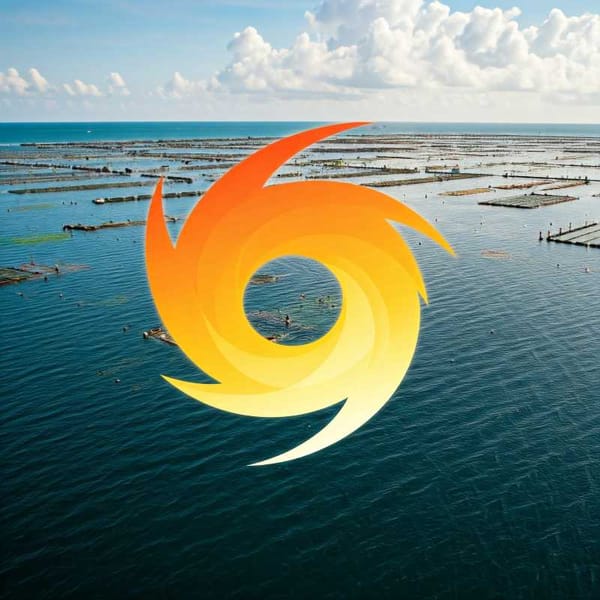Stepping Back in History in the Colonial Cities of Mexico
Explore the wonders of Mexico's colonial cities, from the stunning architecture of Guadalajara and Zacatecas to the natural beauty of Puerto Vallarta and Lake Pátzcuaro. Witness the awe-inspiring monarch butterfly migration and immerse yourself in the region's rich cultural traditions.

Mexico’s colonial cities are a treasure trove of history, culture, and natural beauty. The states of Zacatecas, Jalisco, Guanajuato, San Miguel de Allende, Morelia, and Michoacán offer a unique blend of Spanish colonial architecture, indigenous traditions, and diverse landscapes ranging from coastlines to mountains.
In this article, we’ll take a closer look at some of the highlights of this fascinating region, including the distinctive colonial cities, the stylish Puerto Vallarta, the enchanting Lake Pátzcuaro, and the awe-inspiring monarch butterfly migration.




